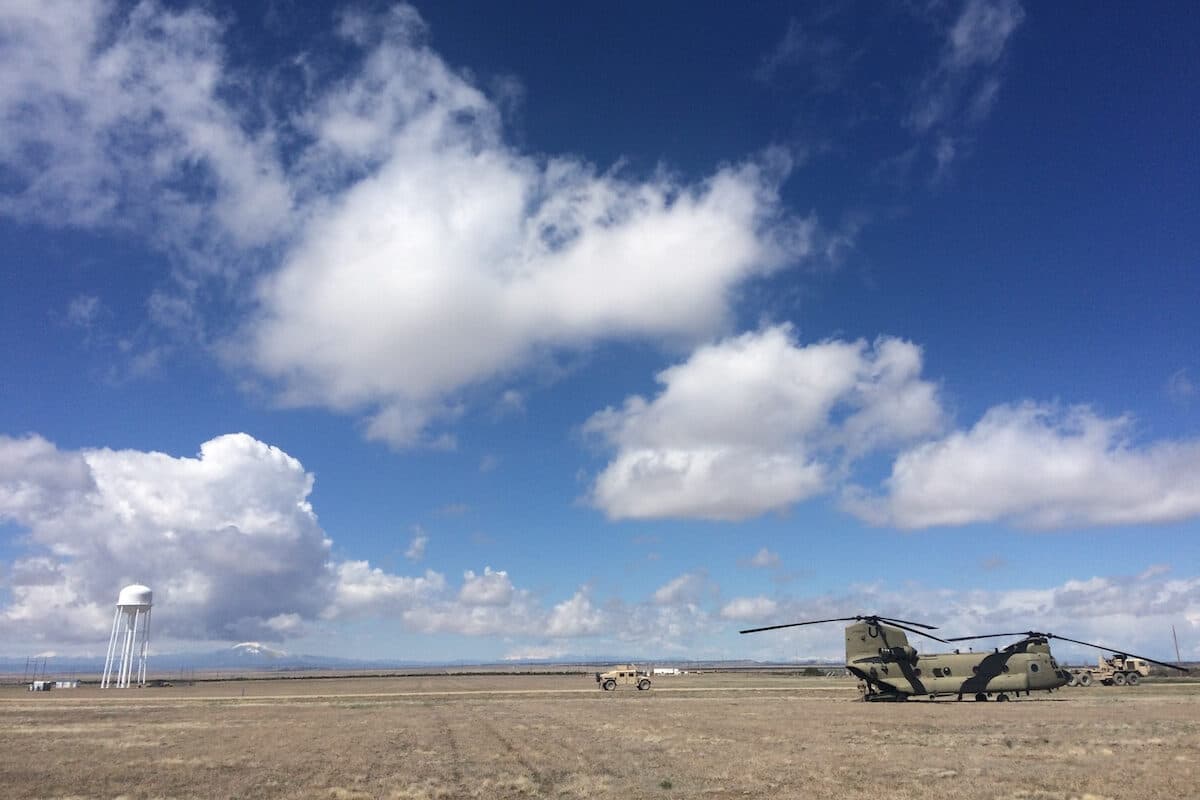
Fortunately, our very own star won't be falling down from the sky anytime soon. However, we are the closest to ol' Sol right now than at any other point of our yearly path around the sun, as we learn on Looking Up this week.
Well, we are now in the deep, dark, days of winter. The holidays are behind us, and we’re still about a month away from having a groundhog predict when Spring will arrive. And so, with the cold winter winds blowing past you, let me ask, were you a bit warmer yesterday?
You see, yesterday marked the day when the Earth was closest to the Sun for the entire year. The Earth, like all the planets, orbits around the Sun in a slightly squished circle, called an ellipse. Now, ellipses can be pretty squished, or they can be pretty close to perfect circles. For all the “regular” planets – Mercury through Neptune – their orbits are very close to perfect circles. Only rogue Pluto has a pretty flattened orbit, yet another reason it’s not really a regular planet.
In any case, the Earth orbits the Sun at about 93 million miles on average, but the actual distance from the Sun varies by about 3 million miles each year. That means that yesterday, we were about 3 million miles closer to the Sun than we will be in July, when we are the farthest away we get.
Three million miles sounds like a lot, but it’s only about a 3% difference in the total orbit. Therefore, we are not really significantly closer to the Sun in January, and so you likely were pretty chilly yesterday.
If you’d like to take a closer look at the Colorado night sky, or any of the other wonderful and amazing things in the sky, please visit csastro.org for a link to information on our monthly meetings and our free public star parties.






